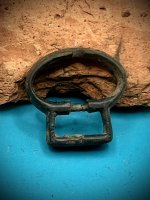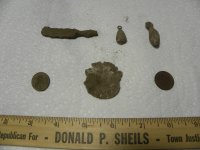Golden oaks
Full Member
- Aug 4, 2012
- 146
- 112
- Detector(s) used
-
Minelab CTX-3030
Minelab Equinox 800
Minelab Excalibur II
Tesoro Sand Shark
- Primary Interest:
- Beach & Shallow Water Hunting
I will be spending the Summer on the North Carolina coast. How & when the the sand on the beach move inward or out? My understanding is it is a seasonal movement with the sand washing out in the Autumn & back in during the Spring. Wouldn't the gold wash out while sinking and sink even more washing back in?
Amazon Forum Fav 👍
Upvote
0






